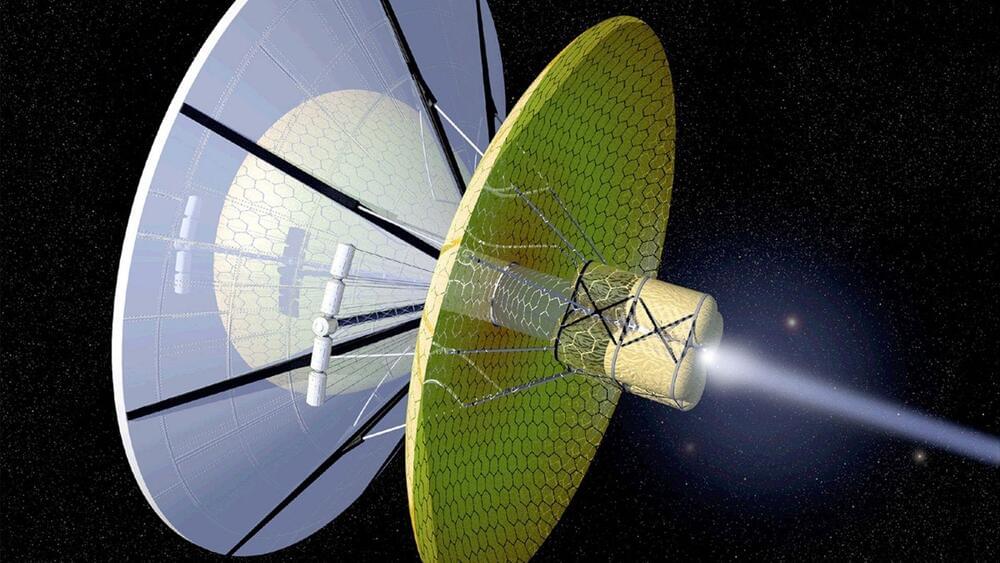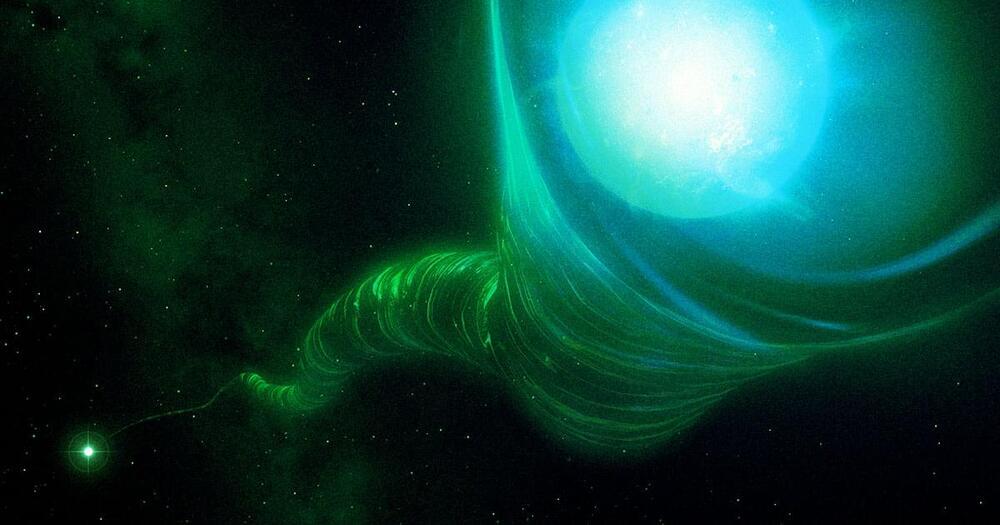Sep 6, 2022
The Myth of The Beginning of Time | String Theory and the Big Bang
Posted by Dan Breeden in categories: alien life, quantum physics
This video is episode two from the series “Examining the Big Questions of Time”.
Stream the full series now on Wondrium http://www.Wondrium.com/YouTube.
Just a few decades ago, scientists were absolute in their determination that time began with the Big Bang. But that’s all been turned on its head with the rise of string theory and other fascinating developments in theoretical physics. Learn how those advances brought the pre-Bang universe to the forefront of cosmology.
Continue reading “The Myth of The Beginning of Time | String Theory and the Big Bang” »

















